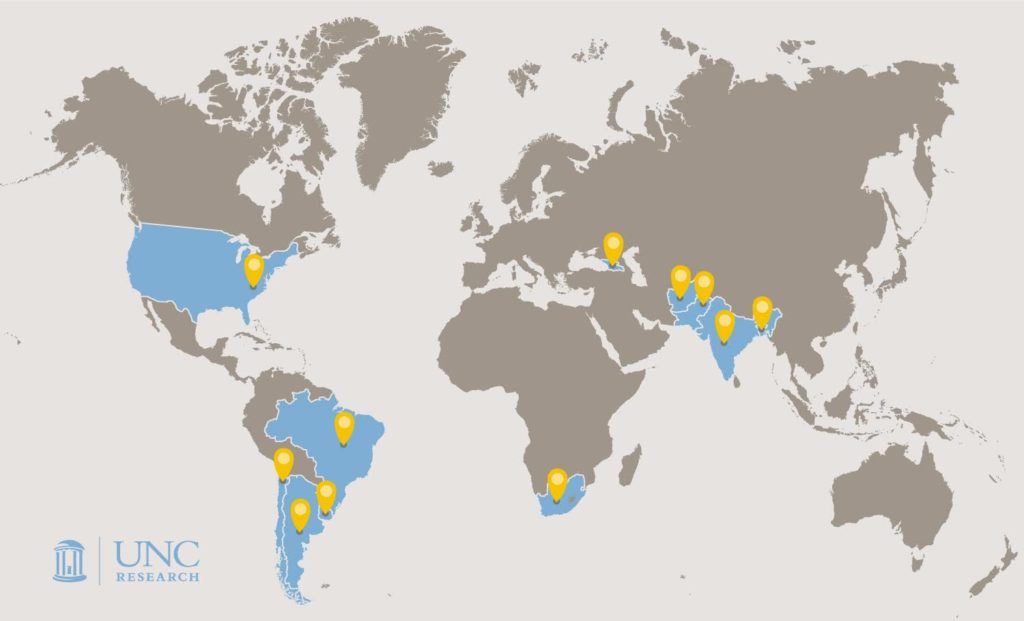For another exercise, Jones stands in front of the group, stretches her arms over her head, and starts rapidly tapping her own head.
“I put my hands on my head and make fast, quick motions to illustrate how we live in high vibrations of anxiety,” she explains. In the violent and unpredictable environments these children inhabit, stress and fear are constants. Racing thoughts, shallow breaths, and rapid heart rate are all signs of being prepared for a threat.
Jones slowly lowers her arms down to her sides to symbolize the act of mentally and physically slowing down.
“When we bring these kids into a treatment center, we work on physical safety as well as emotional safety,” she says. Without fearing for their physical safety, their heart rate lowers, and their breathing slows.
The breathing techniques focus on the repetition of inhales and exhales. The rhythmic sense of specific patterns helps slow everything down, which helps to calm the central nervous system.
“Fully using your lungs gets more oxygen to your brain and helps you think more clearly,” Jones says. “They can allow their thoughts to move in a more detached way, which helps them make better decisions.”
The breathing exercises are tailored to what the children can tolerate. “They’re scared,” Jones says. “They’re used to surveying for threats, and they’re typically not able to pay attention to anything for long.” Knowing that their attention spans and patience are limited, she starts the session off with a couple of easy belly breathing exercises.
To demonstrate, Jones lies down on the floor and places a small object, like a stuffed animal, on her stomach. As she breathes, the stuffed animal moves up and down. The children watch, and then imitate the exercise.
Another exercise creates a rhythmic breathing pattern through counting—breathe in for a count of four, hold it for a count of seven, and then breathe out for a count of eight. “That’s not one we would start with,” Jones says. “It takes a little more concentration, and a lot of times kids don’t have the patience for that—so we build up to it.”























